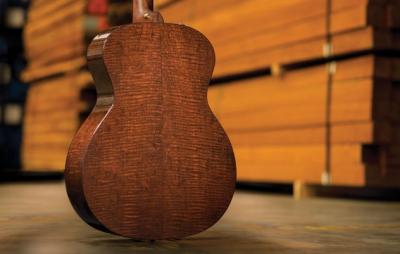Crap!! Walnut blight is in the East
I tend to follow the news about North American diseases of trees ever since I got interested in the case of the American Chestnut back in the 90s. I'm a casual, interested observer. I had heard about the disease that was impacting the Black Walnut trees west of the Rocky Mountains in the early 2000s. It seems that the trees, which originally came from the eastern forests of the U.S., had no natural immunity to the local flea-sized pest, the twig beatle, or more importantly, to the fungus that this little beatle carries from tree to tree.
It's depressing to realize how little knowledge, particularly in treatments, we have of tree diseases. Right now, tree disease or insect infestations are devastating the global populations of black walnut trees, elms, ash trees, butternut, Japanese larch, some European oak trees, and many others. The only defense proposed by the foresters in the United States to the walnut disease, otherwise known as Thousand Cankers Disease, is to attempt to quarantine the infected black walnut populations of the west coast, to keep it away from the valuable and widespread Walnut groves in the Eastern United States.
Al Jazeera story about the possible impact of Thousand Cankers on the U.S. Black Walnut industry
I hadn't heard until today, that the disease has already made the jump. It evidently popped up in Tennessee as early as 2010. But as with all things tree related, movement is slow. Even verification is slow. And in late 2012, the disease was also detected in Butler County in my own native state of Ohio. This is horrible news. The black walnut tree population, so valued by woodworkers in North America may be doomed. And this is probably the nail-in-the-coffin for the butternuts, who were already devastated by their own special disease in earlier decades. The disease seems to be close to 100% fatal to the juglans nigra (Black walnut) species.



